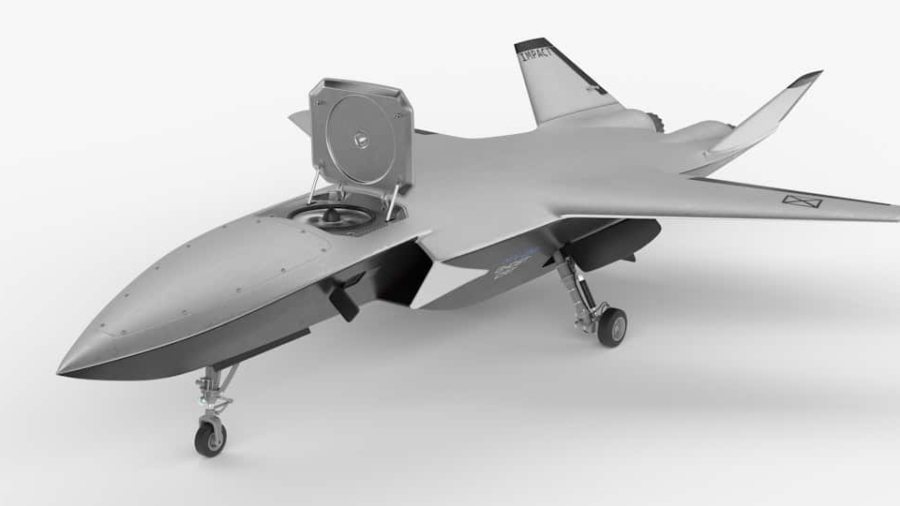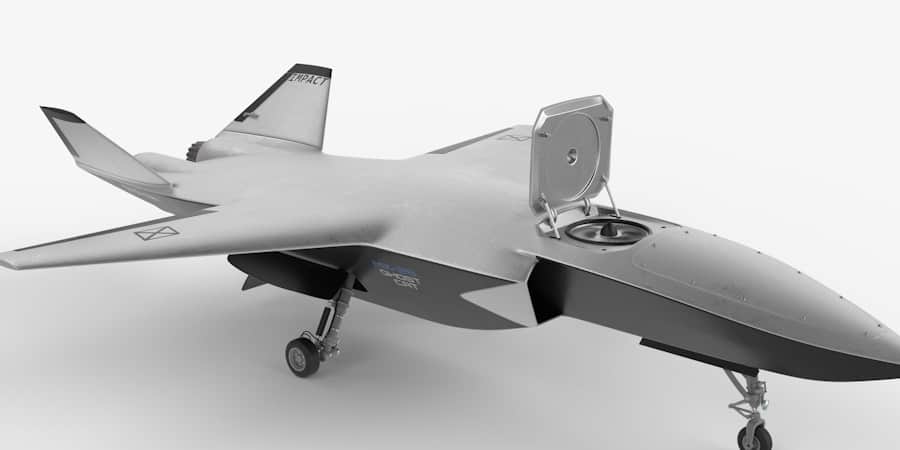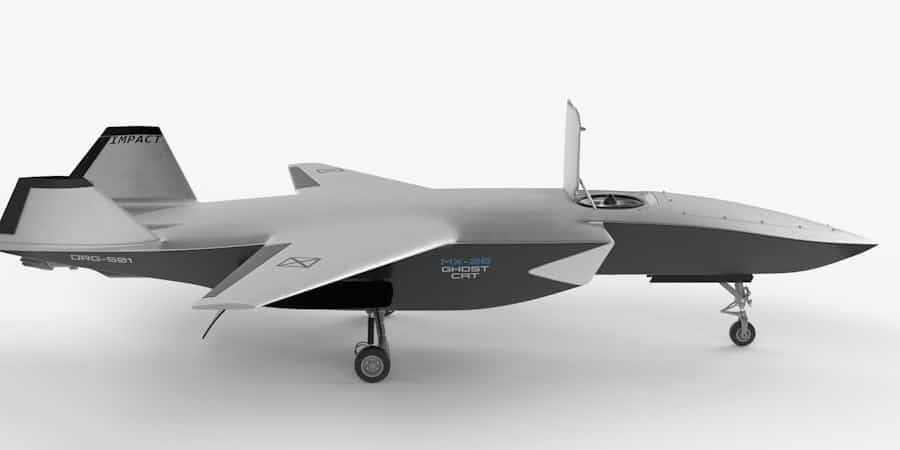The advent of 5G technology and artificial intelligence (AI) has ushered in a new era for military operations, fundamentally transforming how armed forces conduct their missions. 5G, the fifth generation of mobile network technology, offers unprecedented speed, low latency, and the ability to connect a vast number of devices simultaneously. This capability is particularly crucial for military applications, where real-time communication and data transfer can mean the difference between success and failure in critical operations.
Coupled with AI, which enables machines to learn from data and make decisions with minimal human intervention, the potential for enhanced operational effectiveness is immense. The integration of 5G and AI into military frameworks is not merely an upgrade; it represents a paradigm shift in warfare. Traditional military strategies often relied on slower communication methods and manual data analysis, which could lead to delays and misinterpretations.
With 5G’s high-speed connectivity, vast amounts of data can be transmitted almost instantaneously, allowing for rapid analysis and decision-making. AI algorithms can sift through this data, identifying patterns and providing actionable insights that enhance situational awareness. Together, these technologies are redefining the battlefield landscape, enabling forces to operate with greater precision and agility.
Key Takeaways
- 5G and AI are revolutionizing military operations by enabling real-time data collection and analysis, improved communication and connectivity, enhanced situational awareness, efficient resource allocation, rapid decision-making and response, and integration of autonomous systems.
- Real-time data collection and analysis allow military personnel to gather and process information quickly and accurately, leading to more informed decision-making and better situational awareness.
- Improved communication and connectivity through 5G technology ensures seamless and reliable communication between military units, leading to better coordination and collaboration in the field.
- Enhanced situational awareness provided by AI and 5G technology allows military personnel to have a better understanding of the battlefield, leading to improved decision-making and operational effectiveness.
- Efficient resource allocation enabled by AI and 5G technology allows military units to optimize their resources and respond more effectively to changing operational needs.
Real-Time Data Collection and Analysis
One of the most significant advantages of 5G technology in military operations is its ability to facilitate real-time data collection and analysis. In modern warfare, the speed at which information is gathered and processed can significantly impact operational outcomes. With 5G networks, military units can deploy a multitude of sensors and devices that continuously collect data from various sources, including drones, reconnaissance satellites, and ground-based sensors.
This data can encompass everything from troop movements to environmental conditions, providing a comprehensive picture of the battlefield. AI plays a crucial role in analyzing this vast influx of data. Machine learning algorithms can process information at speeds far beyond human capabilities, identifying trends and anomalies that might otherwise go unnoticed.
For instance, during a military operation, AI can analyze data from surveillance drones to detect enemy movements or predict potential threats based on historical patterns. This capability not only enhances situational awareness but also allows commanders to make informed decisions based on real-time intelligence rather than relying on outdated or incomplete information.
Improved Communication and Connectivity
The enhanced communication capabilities provided by 5G technology are vital for military operations. Traditional communication systems often suffer from limitations such as bandwidth constraints and latency issues, which can hinder effective coordination among units. In contrast, 5G networks offer significantly higher bandwidth and lower latency, enabling seamless communication between soldiers on the ground, command centers, and support units.
This improved connectivity ensures that all personnel have access to the same information simultaneously, fostering a more cohesive operational environment. Moreover, 5G’s ability to connect a multitude of devices creates opportunities for innovative communication solutions. For example, soldiers equipped with augmented reality (AR) headsets can receive real-time updates about their surroundings while maintaining situational awareness.
These headsets can overlay critical information onto the soldier’s field of vision, such as enemy locations or mission objectives, enhancing their ability to respond effectively in dynamic situations. The integration of 5G into military communication systems not only streamlines operations but also empowers personnel with the tools they need to succeed in complex environments.
Enhanced Situational Awareness
Enhanced situational awareness is one of the most critical components of modern military operations, and the combination of 5G and AI significantly bolsters this capability. Situational awareness involves understanding the current environment, including the positions of friendly and enemy forces, terrain features, and potential hazards.
AI further amplifies situational awareness by analyzing this data to provide actionable insights. For instance, AI algorithms can process video feeds from drones to identify enemy positions or detect changes in the battlefield landscape that may indicate an impending attack. By synthesizing information from multiple sources, AI can create a comprehensive operational picture that allows commanders to anticipate enemy movements and make informed tactical decisions.
This level of situational awareness is crucial for minimizing risks and maximizing operational effectiveness in fast-paced combat scenarios.
Efficient Resource Allocation
In military operations, efficient resource allocation is paramount for mission success. The integration of 5G technology and AI facilitates more effective management of resources by providing real-time insights into asset availability and operational needs. For example, logistics units can utilize 5G-connected sensors to monitor the status of supplies and equipment in real time.
This capability allows commanders to make informed decisions about resource distribution based on current operational demands rather than relying on outdated reports. AI enhances this process by predicting resource needs based on historical data and current conditions. For instance, if a particular unit is engaged in prolonged combat operations, AI can analyze patterns from previous engagements to forecast supply requirements accurately.
This predictive capability enables military planners to allocate resources proactively rather than reactively, ensuring that troops have what they need when they need it. By optimizing resource allocation through advanced technologies like 5G and AI, military forces can enhance their operational efficiency and effectiveness.
Rapid Decision-Making and Response
The speed at which decisions are made during military operations can significantly influence outcomes on the battlefield. With the integration of 5G technology and AI, decision-making processes are becoming faster and more efficient than ever before. The low latency of 5G networks allows commanders to receive real-time updates from various sources without delay, enabling them to assess situations quickly and accurately.
AI further accelerates decision-making by providing predictive analytics that inform strategic choices. For example, during an engagement, AI systems can analyze incoming data about enemy movements and suggest optimal responses based on historical outcomes. This capability allows commanders to act swiftly rather than deliberating over complex scenarios for extended periods.
The combination of rapid data transmission through 5G and intelligent analysis via AI empowers military leaders to make informed decisions that enhance operational effectiveness while minimizing risks.
Integration of Autonomous Systems
The integration of autonomous systems into military operations represents a significant advancement facilitated by 5G technology and AI. Autonomous drones, ground vehicles, and other robotic systems can operate more effectively when connected to high-speed networks that allow for real-time communication and data exchange. These systems can be deployed for various tasks, including reconnaissance missions, logistics support, or even direct engagement with enemy forces.
With 5G’s low latency capabilities, autonomous systems can receive commands and transmit data almost instantaneously. This connectivity enables them to operate collaboratively with human soldiers and other machines in complex environments. For instance, a swarm of drones equipped with AI algorithms can work together to map an area or identify targets while communicating their findings back to command centers in real time.
Ethical and Security Considerations
As with any technological advancement in military operations, the integration of 5G and AI raises important ethical and security considerations that must be addressed proactively. The use of autonomous systems in combat scenarios poses questions about accountability and decision-making authority. If an autonomous drone makes a mistake resulting in civilian casualties, determining responsibility becomes complex.
Military organizations must establish clear guidelines regarding the use of AI in combat situations to ensure ethical standards are upheld. Security concerns also arise with the increased reliance on interconnected systems. The potential for cyberattacks targeting military networks becomes more pronounced as more devices are connected through 5G technology.
Ensuring robust cybersecurity measures is essential to protect sensitive information and maintain operational integrity. Military organizations must invest in advanced security protocols to safeguard against potential threats while leveraging the benefits of these transformative technologies. In conclusion, while the integration of 5G technology and AI into military operations offers numerous advantages—ranging from improved communication to enhanced situational awareness—it also necessitates careful consideration of ethical implications and security challenges.
As armed forces continue to adapt to these advancements, striking a balance between innovation and responsibility will be crucial for ensuring effective and ethical military operations in the future.
In a related article from source), staying informed about these developments is crucial for success in today’s fast-paced digital world.
FAQs
What is 5G technology and how does it enhance battlefield coordination?
5G technology is the fifth generation of mobile networks, offering faster speeds, lower latency, and increased capacity. In a battlefield scenario, 5G enables real-time communication, data transfer, and coordination between military units, leading to improved situational awareness and faster decision-making.
How does AI contribute to real-time battlefield coordination?
Artificial Intelligence (AI) plays a crucial role in analyzing large volumes of data from various sources such as sensors, drones, and satellites. AI algorithms can process this data to provide actionable insights, identify potential threats, and suggest optimal courses of action, thereby enhancing real-time battlefield coordination.
What are the benefits of integrating 5G and AI in military operations?
Integrating 5G and AI in military operations allows for faster and more efficient communication, data processing, and decision-making. This leads to improved situational awareness, enhanced coordination between military units, and ultimately, better mission outcomes with reduced risk to personnel.
Are there any challenges or concerns associated with the use of 5G and AI in military operations?
Some of the challenges and concerns associated with the use of 5G and AI in military operations include cybersecurity risks, potential vulnerabilities to hacking or interference, and ethical considerations related to the use of autonomous AI systems in combat situations. It is important for military organizations to address these issues and ensure the responsible and secure use of these technologies.



